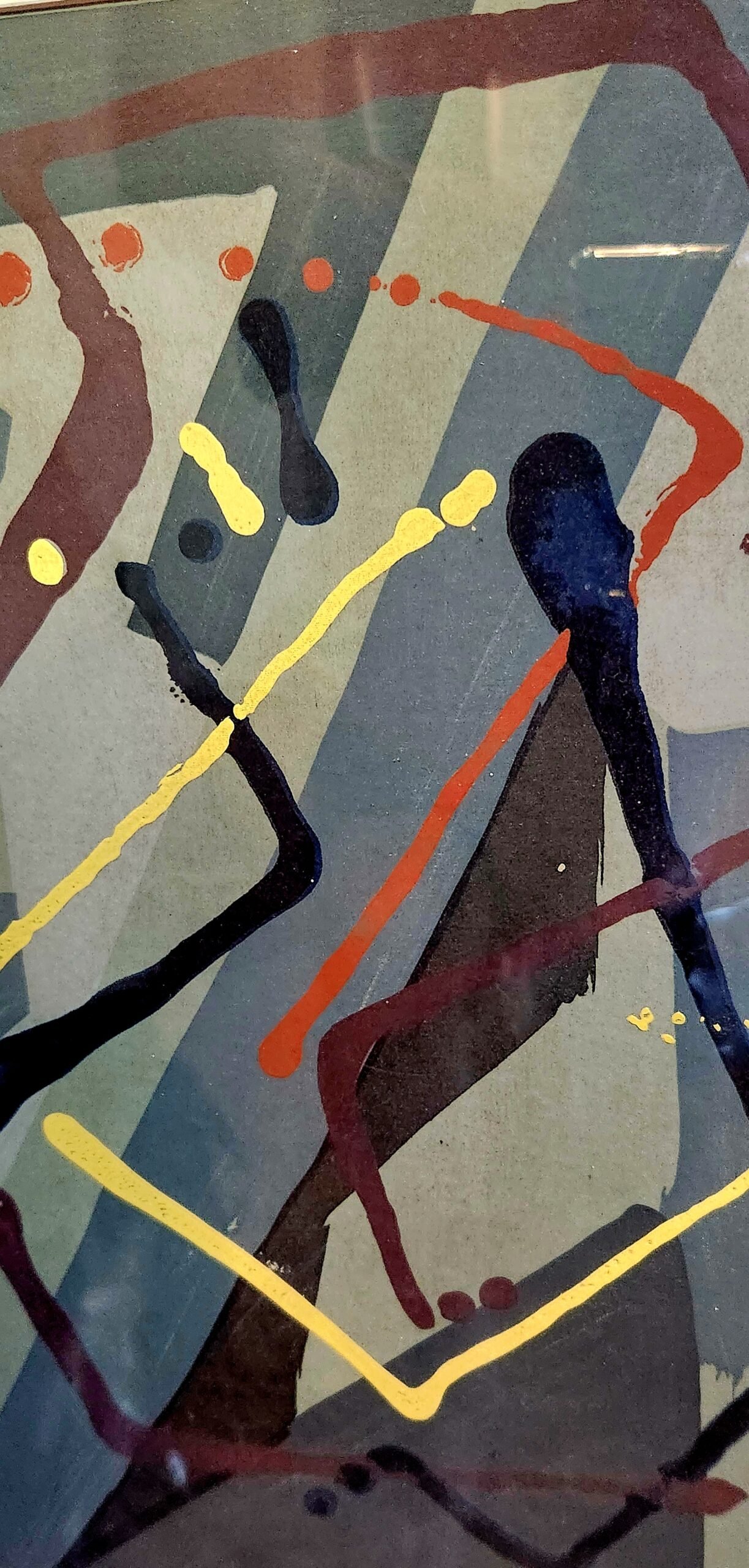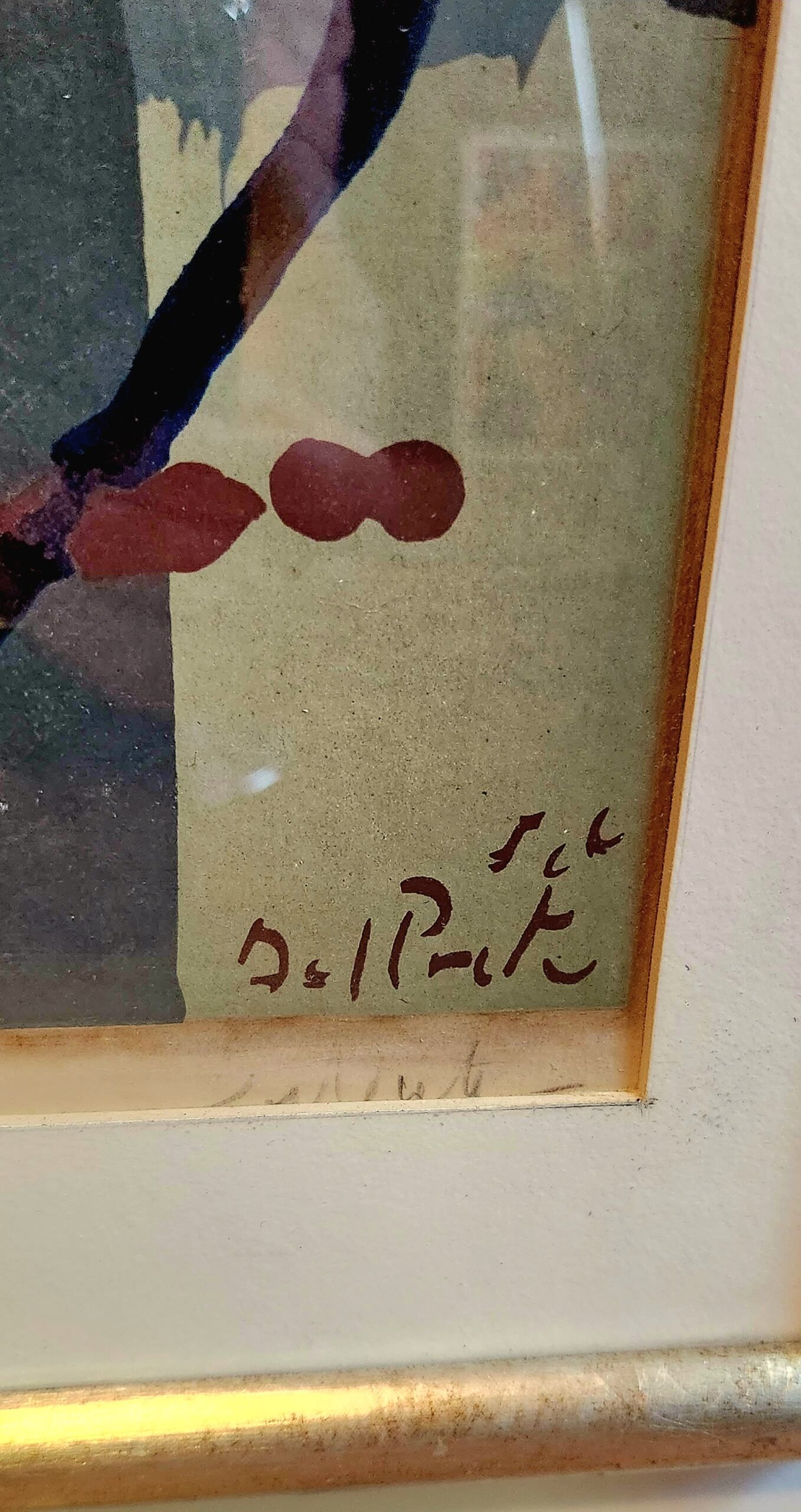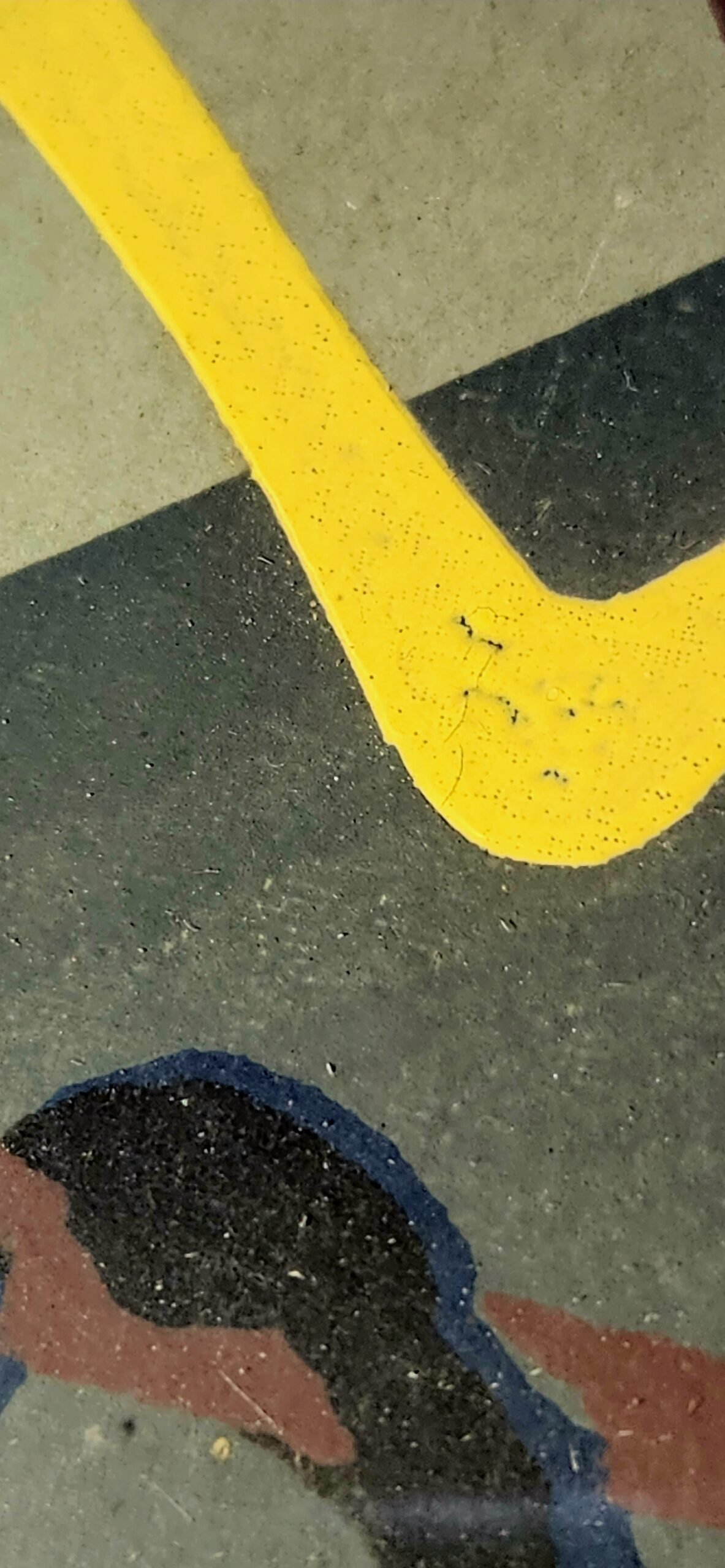Descripción
Juan Del Prete ”Abstraction” lithograph signed 1956
measures 54cm (21´´) x 40 cm (15” 1/2) framed
Juan Del Prete, Biography,
He was born in Vasto (Chieti, Italy) in 1897. During his childhood, his family lived in the neighborhood of La Boca, in Buenos Aires.
Self-taught, his main expressive source is the material and color with which he will later give life to compositions that alternate figuration and abstraction. He early manifests his penchant for advanced tendencies.
In 1925, his submission to the National Salon achieved great repercussion and, the following year, he held his first individual exhibition at the Friends of Art Association. In 1929 he adopted Argentine citizenship and that year, through Friends of Art, he obtained a scholarship to travel to Paris, where he could admire the great classical masters. He is also attracted to Henri Matisse’s color and Pablo Picasso’s treatment of form. At the same time, he is related to avant-garde circles: he knows Joaquín Torres García, Jean Arp and Enrico Prampolini, among others.
In 1932, he joined the group Abstraction Creation Art non Figuratif and, at the same time, collaborated in the magazine published by the group together with artists such as Alexander Calder, Auguste Herbin, Georges Vantongerloo, etc.
Upon returning to Buenos Aires in 1933, he presented abstract paintings and collages at Amigos del Arte. This exhibition, considered the first exhibition of non-figurative art held in the country, is followed by another where he exhibits abstract sculptures made with wire, iron plates and carved plaster. Despite not having received favor from the public and critics, Del Prete continues to paint non-figurative works, although without completely abandoning representative art.
Since 1937, the plastic artist Eugenia Crenovich, known as Yente, has been his disciple and companion.
In 1954 he returned to Europe and exhibited in Genoa, Milan and Como, Italy.
He presides over the Group of Non-figurative Artists, a group formed by Domingo Di Stéfano, Pedro Gaeta and Eugenio Abal, among others, which tries to humanize abstraction.
In 1957 he was invited to the IV International Biennial of São Paulo and, two years later, he participated with twenty works in the same event, as a guest artist. The following year he included submissions to the international biennials of Venice and Mexico.
Towards the end of the ’50s he adopted sandblasting, stains and splashes to work on large canvases, close to the informalist aesthetic.
Among his scenographic works, those carried out at Amigos del Arte for Estrella de mar and Magia Negra, and at the Teatro Colón, for the opera Leyenda de Urutaú, stand out.
He received the First Prize of the Salon of Watercolorists and the Grand Prix of the Municipal Salon in 1957, the Palanza Prize in 1958, the Grand Prix of Honor of the National Salon in 1963 and, in Brussels, in 1958, he obtained the International Grand Prix.
Likewise, he is distinguished in the Salons of Mar del Plata and the Salons of the Province of Santa Fe. Among his retrospective exhibitions, the one held by the Ministry of Culture of the Nation, Buenos Aires (1950) stands out; the one organized at the Museum of Modern Art of Buenos Aires (1961); in the Museum of Contemporary Art of Santiago de Chile and Lima (1963) and in the LAASA gallery in Mar del Plata (1974).
He died in Buenos Aires in 1987, at the age of 90.




